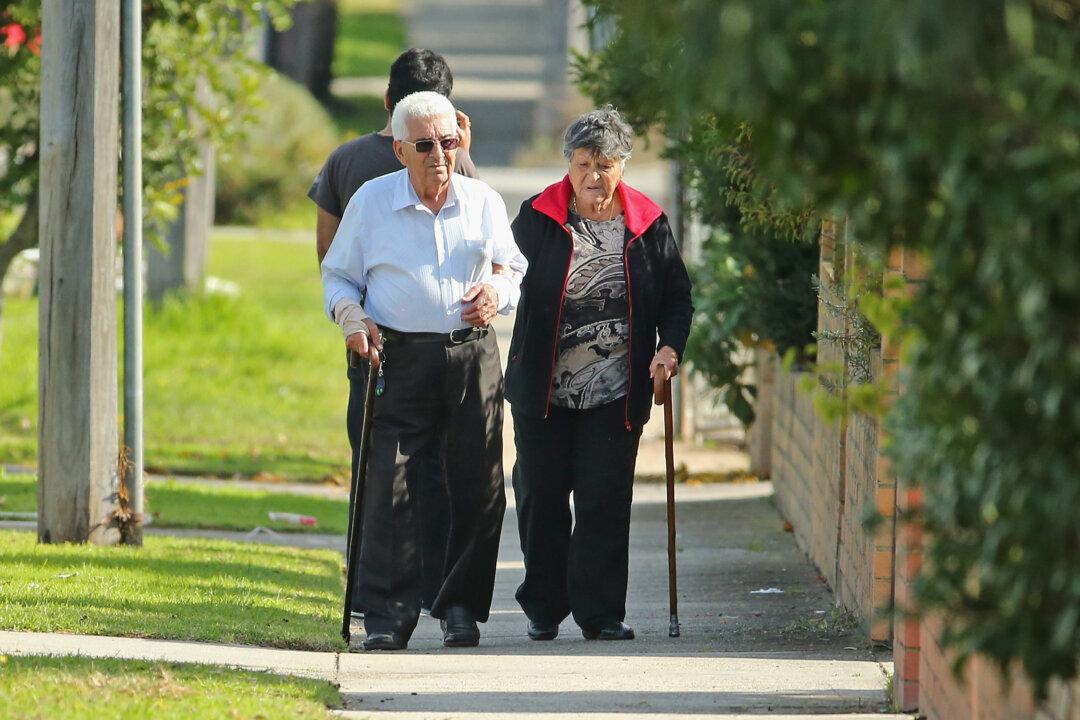Australia’s aged care sector may potentially face shortages of at least 110,000 direct workers within the next decade if appropriate action is not taken to recruit more workers, a study has found.
Research by the Committee for Economic Development Australia (CEDA) revealed that if this challenge is not addressed, the shortage could swell to 400,000 by 2050.





